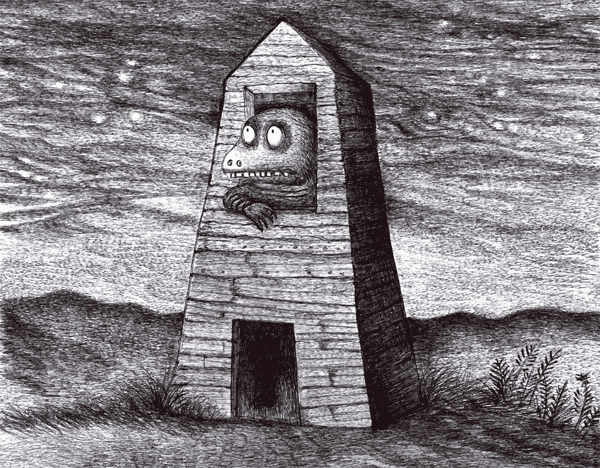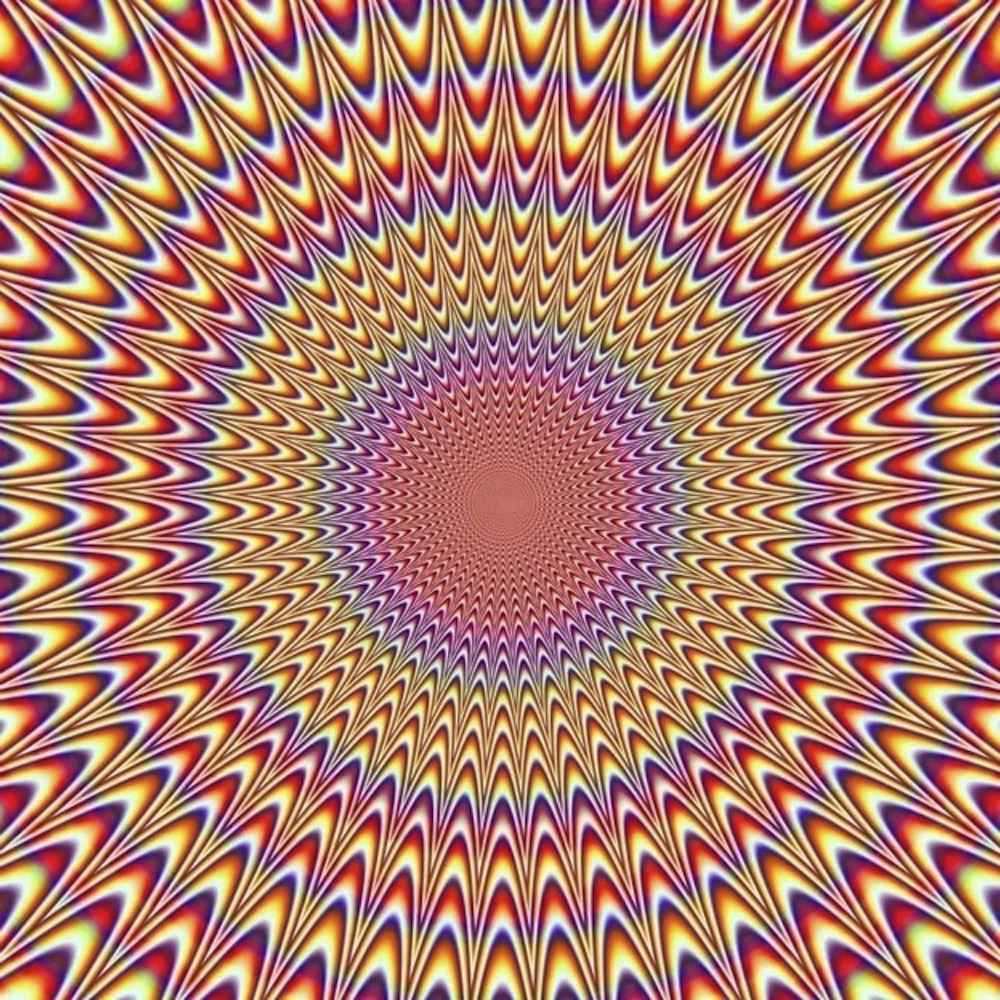Dain Fagerholm’s Stereoscopic Drawings
March 29, 2012
Seattle-based artist/illustrator Dain Fagerholm is making excellent use of the classic Compuserve GIF (Graphics Interchange Format) to create wobble-stereoscopic drawings (see examples below).
The second version of the GIF format (released in 1989) supported animation on multiple file layers with a palette of 256 colors and has been responsible for some of the most annoying visuals on the web since the early 1990’s. So it’s wonderful that after all this time – and the rise (and fall) of Flash and HTML5 – someone is using it to create real art.
The illusion of depth is compelling and the charm of these low-tech, hand-made creations is captivating. Please check out Dain’s website and support this artist’s unique work.
Mandy Barker’s Amazing Environmental Photography
March 27, 2012
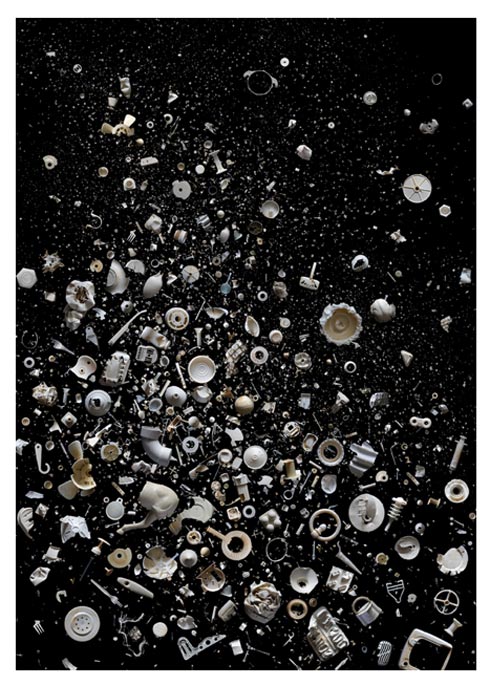
The image above is by photographer Mandy Barker, from a series called Snow Flurry where the objects in the picture are plastic waste that has been collected from beaches around the world. I find these images beautiful and haunting as images. But the knowledge that they are representative of the disdain in which we treat our planet, quite literally trashing it, gives these photos incredible power. Barker is doing important and compelling work and I urge you to check out more of it on her website.
Here’s a list, as provided by Barker, of the contents of this image. . .
Includes: draught piece, padlock, industrial mask, bread tie, margarine tub, cake decoration pillar, paracetamol packaging, syringe, oil cap, plunger, paintbrush handle, hard hat, dummy, fishing reel, bobbin, pump dispenser, horse’s leg, garden furniture chair leg, tooth pic, propeller, glasses arm, flask lid, fire alarm casing, tie hanger, ceiling rose, ball of tape, football, clothing hook, hot drinks lid, plate, sewing reel, party mask, shard, tile spacer, pen top, aerosol nozzle, hat, toothpaste tube, tops, caps, lids, balloon valve, washing peg, rivet, pipe bracket, knife, fork, spoon, lolly stick, arrow, sucker, handle, milk capsule, straw, egg holder, firework holder, coat hanger, balloon, drinks stirrer, carton, 90 degree angle, tent peg, medicine tablet lid, toilet deodorizing holder, tube, plumbing flange, seal, sweet container, Tic Tac lid, comb, wheel, link, hoop, wrist band, thread, bottle, nut, football cone, screw, face mask, tray, ring pull, plug, shower rail hook, pan, steering wheel, Frisbee, bubble blower.
Top 5 Regrets of the Dying
March 27, 2012
From the Guardian UK comes this list from an Australian nurse, Bronnie Ware who worked for several years in “palliative care” – caring for patients during the last 12 weeks of their lives.
As one who believes that when brain functions cease life is permanently over, I think this is a list to pay attention to.
1. I wish I’d had the courage to live a life true to myself, not the life others expected of me.
2. I wish I hadn’t worked so hard.
3. I wish I’d had the courage to express my feelings.
4. I wish I had stayed in touch with my friends.
5. I wish that I had let myself be happier.
For the details behind these regrets, see the full article here.
Dogs Follow Your Expressions at the Level of Human Infants
March 26, 2012
A new study in the science journal Current Biology will not surprise the majority of dog owners. It suggests that dogs can follow our gaze and facial expressions – our communicative intent to interact with them – as well as preverbal human infants. That’s something we see every day in our interactions with our canines, isn’t it? Actually, my Labradors are probably more expert than most babies, but then they have the advantage of years of studying my –ahem– communicative intent.
Still, it’s nice to see that research is beginning to find scientific support for this well-known ability.
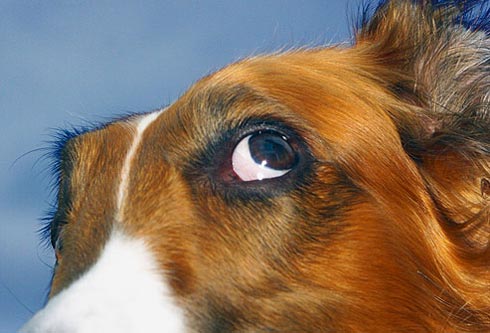
“Increasing evidence supports the notion that humans and dogs share some social skills, with dogs’ social-cognitive functioning resembling that of a 6-month to 2-year-old child in many respects,” says study researcher Jozsef Topal of the Hungarian Academy of Sciences. “The utilization of ostensive cues is one of these features: dogs, as well as human infants, are sensitive to cues that signal communicative intent.”
The 7 Most Newsworthy Dogs of 2011
March 26, 2012
The Week pulls together a list of newsworthy dogs from the past year including a dog that demonstrated a vocabulary of 1,022 words, the world’s first prosthetic legged dog (see video below), a guide dog for a former guide dog that lost its sight and the SEAL dog that was part of the mission that killed Osama Bin Laden.
Vincent Versace’s Five Tips for Great Black-and-White Photos
March 26, 2012
“Black and white is the best way to learn photography, and in my experience, it’s the photography we all go back to. If I had my druthers, I’d never shoot another color photograph as long as I live.” – Vincent Versace

The New York Times’ Gadgetwise column published this outstanding article on Black-and-White Photography. I would also highly recommend Mr. Versace’s books, including his latest From Oz to Kansas: Almost Every Black and White Technique Known to Man to be released in July, 2012:
Of course, I haven’t read it yet myself, I’m still working out the kinks in my Time Travel Machine. (If only Doc Technical could get that dab-blamed water-pump to turn over!). But I think you can trust this 4-time nominee to the Photoshop Hall of Fame. His previous best-seller, Welcome to Oz was Shutterbug magazine’s “Best How To of the Year.”

“Experience is often a poor guide to reality” – The Belief Engine by James Alcock
March 26, 2012
“The belief engine chugs away, strengthening old beliefs, spewing out new ones, rarely discarding any. We can sometimes see the error or foolishness in other people’s beliefs. It is very difficult to see the same in our own. . . The true critical thinker accepts what few people ever accept — that one cannot routinely trust perceptions and memories. Figments of our imagination and reflections of our emotional needs can often interfere with or supplant the perception of truth and reality.”
– James E. Alcock
I tell people I was born skeptical and life has made me cynical. But it has also made me a better skeptic.
I’ve been a subscriber to The Skeptical Inquirer magazine (published by the Committee for Skeptical Inquiry) for 28 years and was a co-founder of the original New York Area Skeptics back in the 1980’s. I created the logo they used for many years.
SI has published many great articles over the years but one I return to over and over again is this piece by James E. Alcock, professor of psychology, Glendon College, York University, Toronto, “The Belief Engine” from 1995.
Perhaps it’s because his line “experience is often a poor guide to reality” so closely echoes Ibn Khaldûn’s “experience is deceptive” written 700 years earlier.
Optical Illusion of the Day
March 26, 2012
I found this one on the InterWebs today and thought it was worth sharing. I didn’t find any credit for it, so if someone knows who created it I’d be happy to acknowledge their artistry. The illusion of kinetic motion as your eyes scan this design is very impressive. Click on image for larger size and best effect.
The Rolling Stone’s “Lips” Logo was Created by Jon Pasche, not Andy Warhol
March 26, 2012
Credit Where Credit is Due Department: I’ve read over and over again that Andy Warhol created the lips and tongue logo for the Rolling Stones and would like to put this canard to rest once and for all. The original artwork (below) for the design is now in London’s Victoria and Albert Museum.
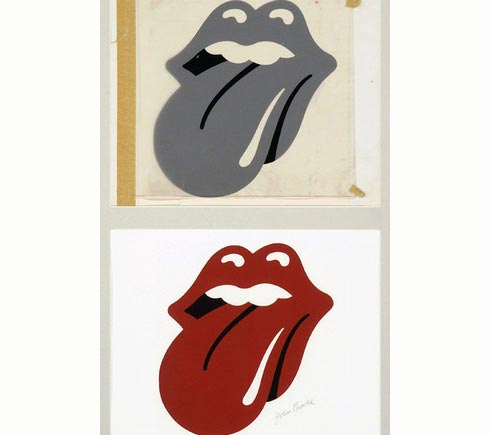
From their website:
“Designed by John Pasche in 1970, the pop art design perfectly encapsulated Mick Jagger’s sensuous lips and the band’s rebelliousness and has been in continuous use by the Rolling Stones ever since.”
“Pasche was commissioned to produce the logo after Jagger approached the Royal College of Art in London in 1969 to help him find a design student – the Stones had been frustrated by the bland designs offered by their record label Decca Records. Subsequently, Jagger visited Pasche’s degree show and this led to discussions for a logo and other work for the Stones’s own label, Rolling Stones Records, after the group’s contract ended with Decca Records in 1970.”
New York Times reviews the revolutionary new Lytro Camera
March 26, 2012

We’ve written about the amazing Lytro camera before – the first ever to capture multiple planes of depth in a single image and adjustable after the fact. Now the New York Times has a review and an inside look at the mechanics of this revolutionary device. I submit this as evidence that occasionally there is, in fact, something new under the sun.

